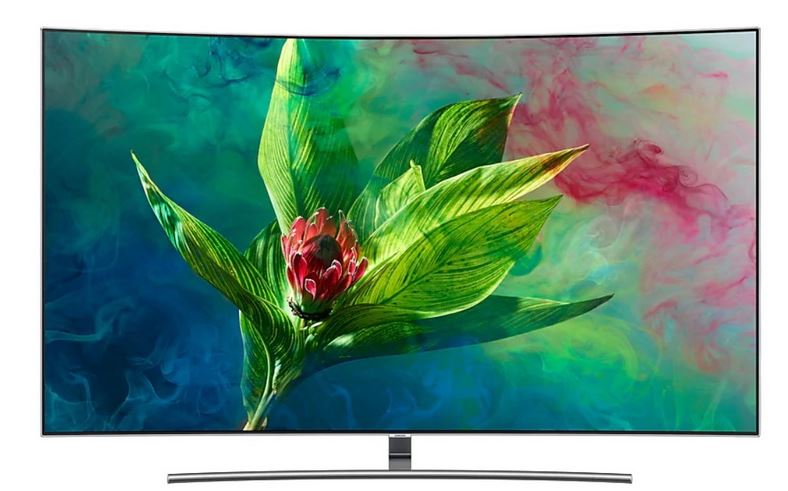Samsung wants to put 2 million Mini-LED TVs on the market | |

| |
The company has already introduced several models that use MicroLED technology based on microscopic LEDs. Samsung is also conducting research towards Mini-LED-led panels. Moreover, the company has made significant progress in the production of these panels and, as indicated by the SamMobile resource, plans to put on the market next year more than 2 million TVs based on this backlight technology. The resource refers to a recent report from analysts at TrendForce, which reports that Samsung is preparing to release a new series of QLED TVs next year, which will use Mini-LED backlight technology. The series will consist of models in sizes 55, 65, 75 and 85 inches and will offer support for 4K resolution. Thanks to the Mini-LED backlight technology, these TVs will be able to offer a dynamic contrast level of 1,000,000:1, which is much higher than the capabilities of the company's current series of TVs. Such a high contrast ratio can be achieved by using at least a hundred local dimming zones in displays with the use of 8 to 30 thousand Mini-LED LEDs. According to the source, in addition, new QLED TVs with Mini-LED backlight technology will be able to offer a very high level of brightness, better HDR technology and wider coverage of various color spaces. The resource indicates that companies such as Apex, Epistar, FitTech, Macroblock, San'an Optoelectronics and Saultech are currently fighting for the right to supply Mini-LED LEDs to the South Korean manufacturer. However, so far we are only talking about the supply of test samples. Displays that support Mini-LED backlighting are not only able to provide a better image quality compared to conventional liquid crystal panels. Their additional advantage against the background of the same OLED displays is higher energy efficiency. | |
| Category: Technology | Views: 281 | | |
| Total comments: 0 | |
No entries.